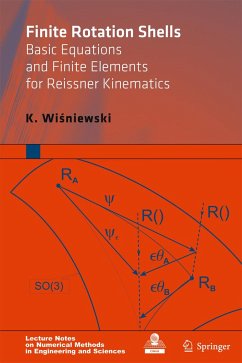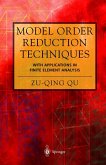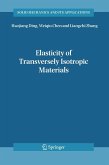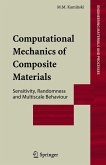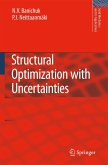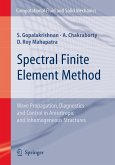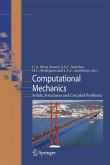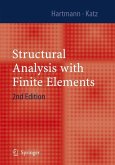The objective of this book is to provide a comprehensive introduction to ?nite rotation shells and to non-linear shell ?nite elements. It is divided into 5 parts: I. Preliminaries (20 pages), II. Shell equations (104 pages), III. Finite rotations for shells (103 pages), IV. Four-node shell elements (189 pages), and V. Numerical examples (41 pages). Additional numerical examples are presented in Parts III and IV. The bibliography includes 270 entries. The book is intended for both teaching and self-study, and emphasizes fundamental aspects and techniques of the subject. Some familiarity with non-linear mechanics and the ?nite element method is assumed. Shell elements are a subject of active research which results in many publications every year and several conferences and sessions are held r- ularly, among them, two large international conferences: \Computation of Shell and Spatial Structures" and \Shell Structures. Theory and - plications" (SSTA). The literature is voluminous, not easy to follow and evaluate, and the subject is di-cult to comprehend. I hope that this will be facilitated by the book. I would like to express my gratitude to several persons who helped me in my professional life, in this way contributing to the book. I thank Prof. R.L. Taylor from the University of California at Berkeley, Prof. B. Schre er from the University of Padua, and Prof. J.T. Santos from the Instituto Superior Tecnico at Lisbon, for hosting and supporting me when I was a post-doctoral researcher.
From the reviews:
"This outstanding, very important and useful book presets a modern continuum mechanics and mathematical framework to study the physical behaviours of shells, and to formulate and evaluate finite element procedures. ... The monograph is written in an accessible and self-contained manner. It will be of interest to mathematicians and engineers working in solid mechanics. Moreover, it would be good as a textbook for graduate courses in mechanics of elastic shells (specializing in shells, finite elements and applied numerical methods)." (Ján Lovísek, Mathematical Reviews, Issue 2012 g)
"The objective is to provide a comprehensive introduction to finite rotation shells and to nonlinear shell finite elements. The book is intended for both teaching and self-study, and emphasizes fundamental aspects and techniques of the subject. This book also contains several topics related to nonlinear shells such as the parametrization of finite rotations, the methods of inclusion of the drilling rotation, various methods of treating the normal strain, and the mixed finite elements." (V. Leontiev, Zentralblatt MATH, Vol. 1201, 2011)
"This outstanding, very important and useful book presets a modern continuum mechanics and mathematical framework to study the physical behaviours of shells, and to formulate and evaluate finite element procedures. ... The monograph is written in an accessible and self-contained manner. It will be of interest to mathematicians and engineers working in solid mechanics. Moreover, it would be good as a textbook for graduate courses in mechanics of elastic shells (specializing in shells, finite elements and applied numerical methods)." (Ján Lovísek, Mathematical Reviews, Issue 2012 g)
"The objective is to provide a comprehensive introduction to finite rotation shells and to nonlinear shell finite elements. The book is intended for both teaching and self-study, and emphasizes fundamental aspects and techniques of the subject. This book also contains several topics related to nonlinear shells such as the parametrization of finite rotations, the methods of inclusion of the drilling rotation, various methods of treating the normal strain, and the mixed finite elements." (V. Leontiev, Zentralblatt MATH, Vol. 1201, 2011)

